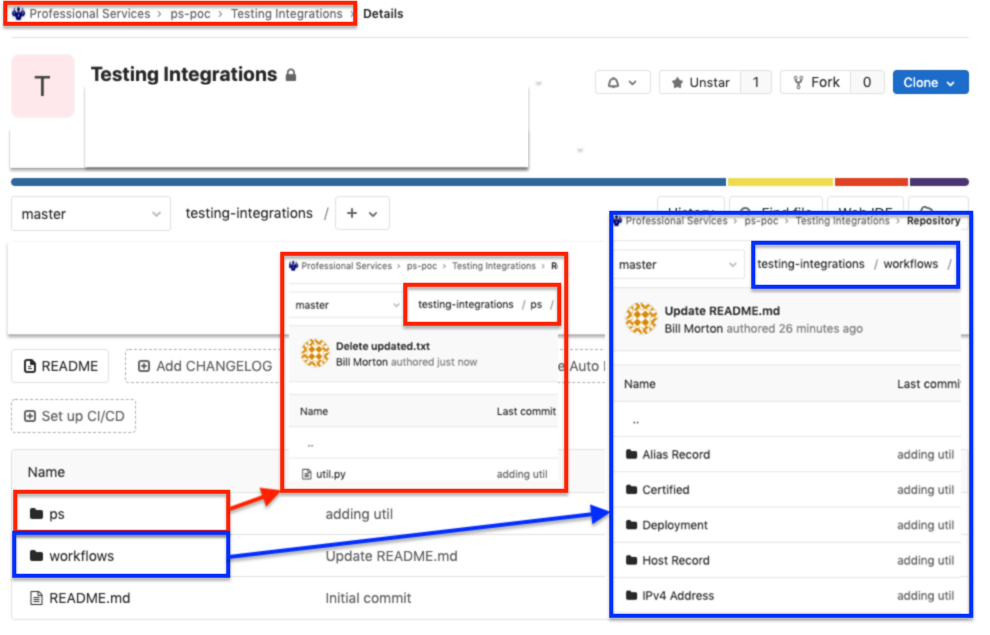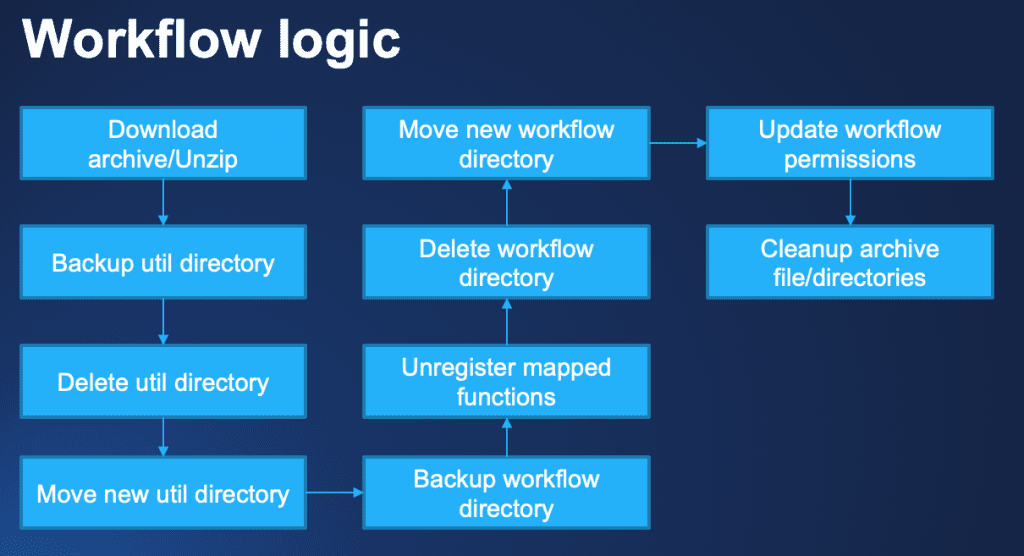DNS automation: Simplifying the transition between GitLab and production

The most effective network automation programs are constantly evolving. As business requirements change, as scale enlarges support needs, as new technologies complicate existing procedures, IT managers can’t just sit on their laurels. They have to be out in front of organizational change, ensuring that the automated processes they built in the past will stand the test of time.
Labs, repositories, and test environments make this agile development process possible. As the underlying logic and requirements of automation change, these toolkits are what developers and IT managers use to create and adjust what they deploy out in the field.
Smoothing out the production deployment process
Moving automation workflows from development and testing labs into the production phase usually involves some administrative hassle. You have to set the permissions. You have to reconfigure systems. You have to load everything up. Usually you have to restart the servers. It all takes more time than it should.
There’s also a need for some built-in protection against automation workflows which don’t perform as designed out in the wild. If you promote a workflow from the lab into a production environment and discover an error, there should be a way to backtrack while preserving the original code in a back-up location.
To promote a more seamless flow between lab and production environments while offering a hedge against errors, BlueCat created a script which connects the GitLab repository used by many internal development teams and BlueCat’s own DNS automation platform. The workflow automatically brings resources from GitLab into the BlueCat automation platform without the need to reconfigure and reset a bunch of resources.
How it works
When you want to promote a workflow from GitLab to the BlueCat automation platform, you’ll be prompted to select the configuration parameters which are already available.

The workflow automatically backs up utility folders, files, and workflows currently deployed on the Gateway server to ensure that nothing is lost in the event of reversion to a previous edition of a workflow.

Download the workflow today on our BlueCat Labs repository.






